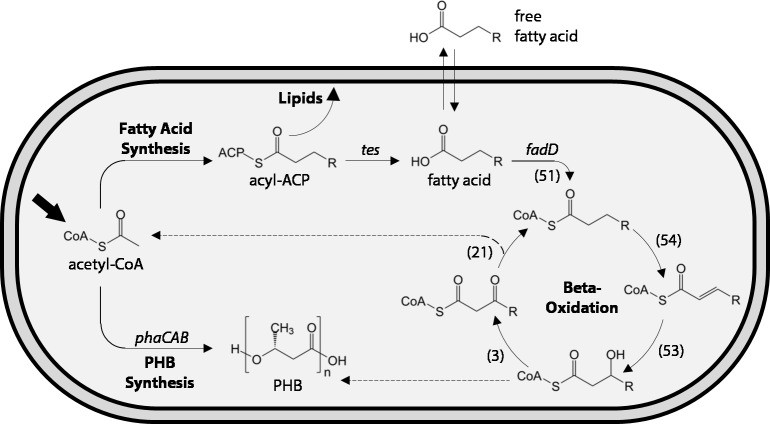Figure 1. Schematic of fatty acid production and uptake by Ralstonia eutropha H16.
Heterotrophic and autotrophic growth of R. eutropha H16 both result in production of the central metabolite acetyl-CoA (bold arrow). During fatty acid synthesis, derivatives of acetyl-CoA are iteratively condensed on an acyl carrier protein (ACP) scaffold to yield a series of acyl-ACPs of increasing length for lipid synthesis. Heterologous expression of chain-length-specific acyl-ACP thioesterases (tes) enables the hydrolysis of acyl-ACPs and release of fatty acids, some of which are capable of crossing the lipid membrane. Fatty acids can be re-consumed through the β-oxidation pathway, which iteratively removes two carbons from the fatty acid to yield acetyl-CoA (top dashed line). Entry of fatty acids into β-oxidation is catalyzed by one or more acyl-CoA ligases (fadD homologues). Multiple homologues of each step of the β-oxidation pathway have been identified in the genome of R. eutropha H16, with the number of homologues indicated in parentheses. Acetyl-CoA may also be converted to polyhydroxybutyrate (PHB) through the action of three enzymes (phaCAB) under periods of carbon excess but limitation of nutrients such as nitrogen or phosphate. β-oxidation and PHB synthesis share common metabolic intermediates and may be co-regulated. The dashed line indicates the potential for 3-hydroxyl-acyl-CoAs to enter PHB synthesis pathway and be incorporated into the polymer.

